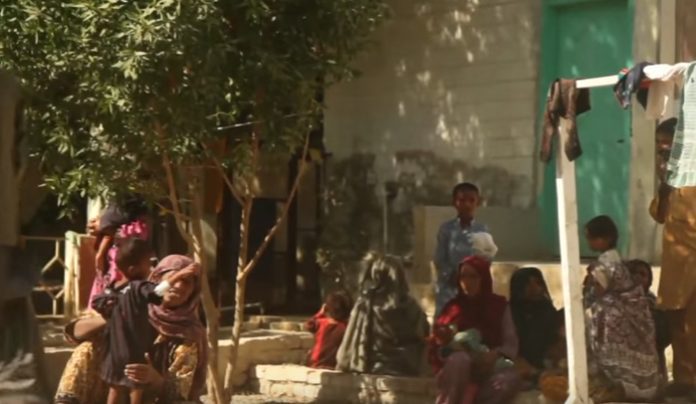Despite progress in recent years, the child mortality rate in Pakistan is remarkably high. Even when compared to a neighbor like India, the rates are nearly doubled for Pakistani children. Concerted efforts have helped to improve child mortality rates over the last 20 years, yet in specific areas like neonatal or infant mortality, Pakistan still ranks near the bottom of countries in the world today.
One In Every 14 Pakistani Children Will Die Before They Celebrate Their First Birthday.
This is a mortality percentage of over 7%. When the statistics are taken out to a child’s fifth birthday, then one in every 11 children will not survive.
That means 9.1% of children born today in Pakistan will not live to see their fifth birthday.
Although these numbers seem breathtakingly poor, they are a dramatic improvement over data that came out of Pakistan in 1990. In that year, the infant mortality rate was above 10% and the under-5 mortality rate was nearly 14%.
In comparison, India has an infant mortality rate of just above 4% and an under-5 mortality rate of 5.6%.
Why Are Child Mortality Rates in Pakistan So High?
In many ways, the high child mortality rate in Pakistan is seen as a reflection of the nation’s overall social development. UNICEF reports that there are numerous obstacles in place that prevent parental education, access to health and wellness services, or even proper family nutrition.
There is also a persistent lack of available clean water. This also has a dramatic impact on a child’s health in Pakistan, especially when combined with a lack of sanitation and overall poor hygiene practices that are typically seen.
These challenges are then combined with social exclusion, discrimination, and persistent inequality. When this equation is added up, the end result creates support systems that have been undermined. Communities lack the structure to provide a mutual system of support. There is also a lack of formal structures in place, such as the provision of basic social services, to act as a safety net for children who are in high risk situations.
There Is Also a Cycle of Mortality in Place
Outside efforts have improved the child mortality rate in Pakistan, but households are still trapped in what can only be described as a “cycle of mortality.” Children growing up in poverty are less likely to be able to access quality services, receive a meaningful education, and develop profitable vocational skills.
This means when they grow up and become parents themselves, they will not be able to provide these things to their own children because they did not have them as a child. So their children will not be able to receive services, a meaningful education, or develop vocational skills. And so the cycle repeats.
By instituting protection mechanisms and implementing skill-based training programs, combined with a better access to health services and educational opportunities, the child mortality rate in Pakistan can continue to decline. But until the social aspects of this issue are addressed, there will always be challenges to face for the country’s poorest of the poor.
Crystal Lombardo is a contributing editor for Vision Launch. Crystal is a seasoned writer and researcher with over 10 years of experience. She has been an editor of three popular blogs that each have had over 500,000 monthly readers.


















